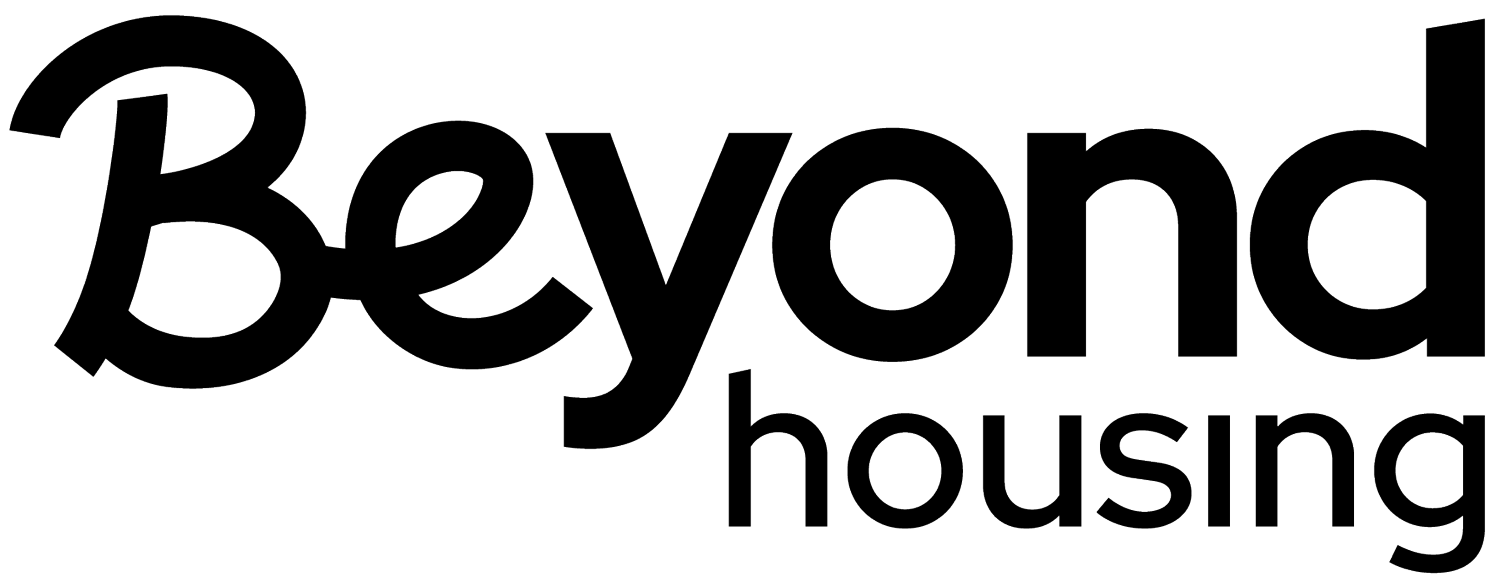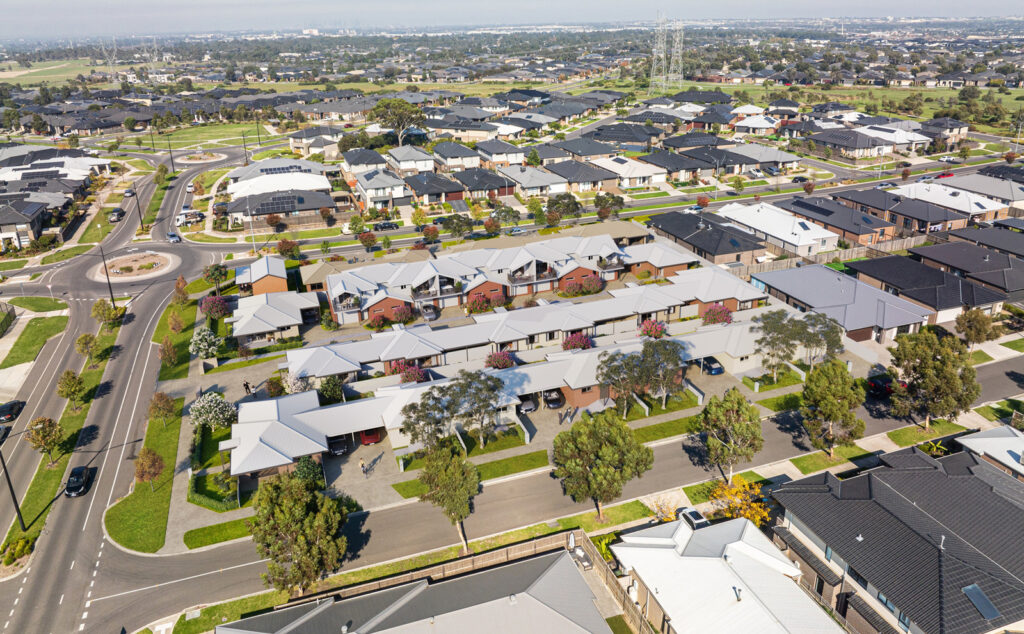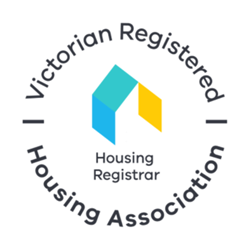By Celia Adams, CEO, Beyond Housing
In the regional towns and cities across Northern Victoria where Beyond Housing provides services – including Seymour, Shepparton, Wangaratta and Wodonga – the housing crisis hasn’t suddenly arrived, it has been building for decades. Like regional communities around the country our communities have seen a steady erosion in housing availability, diversity and affordability.
That housing and cost of living are the top election issues for Australians should come as no surprise to anyone.
We know that more than 640,000 Australian households are already experiencing housing stress or homelessness. The latest figures from the Council to Homeless Persons also show that public housing waitlists across Victoria continued to climb in 2024, with more than 67,000 households now waiting for housing. Meanwhile, national data shows that the proportion of affordable rentals for the lowest-income households has dropped to just 13%, down from 60% a decade ago, according to the Australian Housing and Urban Research Institute (AHURI).
This is not just an inner-city issue. In Shepparton, nearly 2,600 people are on the social housing waiting list, with more than half in urgent need. That’s nearly 4% of our community. Wangaratta has seen a 66% rise in homelessness since 2016, and Wodonga’s rental vacancy rate remains stubbornly under 1%. Seymour, meanwhile, is a regional town facing the combined pressures of growth from Melbourne’s urban fringe and a chronic undersupply of social housing.
Yet I’ve heard none of the politicians wanting to lead the nation talk about supporting housing supply in regional communities. Not one. Both major parties have launched their campaigns with ‘housing’ as a centrepiece. However, neither party leader acknowledges the particular housing challenges in regional communities. Neither spoke about ensuring a sustainable supply of housing in regional Australia. Of course, there have been no commitments to address our particular housing needs.
If you are seeking services from organisations like ours, it’s unlikely the major parties’ centrepiece housing policies will help you. You don’t have a ‘spare’ $50,000 in superannuation to put to a housing deposit, you may not qualify for a mortgage, even if the required deposit is only 5% and you may not be in a position to move to where new homes are being built or afford a newly built home.
In the regions youth housing pathways are particularly limited, and services are often harder to access. 25% of people who access Beyond Housing’s homelessness entry points in regional Victoria are young people, under the age of 25, the majority of whom cite financial difficulty as their primary presenting reason.
Skilled trades shortages are a major barrier to building homes in regional areas. Even with adequate policy and funding allocation, projects stall without enough bricklayers, carpenters, and other essential trades. The Housing Industry Association reports persistent shortages across most trades, especially in regional Victoria.
This shortage extends beyond construction. Essential workers like nurses and aged care staff are being priced out of local housing, forcing some services to cut back. It’s not just a housing issue – it’s a community survival issue.
The policy focus on metropolitan centres means in regional towns and cities fewer homes will be built, waitlists will be longer, and our communities more at risk. More broadly, it makes it more difficult to attract skilled workers to our regions in the industries we desperately need such as health and education, if they can’t find anywhere affordable to live close to where they work.
The May 3 federal election presents an opportunity to shape Australia’s housing future, and regional communities must be squarely represented in that conversation. Recent AHURI research shows that only a transformative investment will close the housing gap and generate long-term social and economic returns.
So, in the coming election, how do the parties’ plans stack up for regional housing?
Labor has made welcome progress through its Housing Australia Future Fund (HAFF), the $2 billion Social Housing Accelerator, and the National Housing Accord. However, the scale of their ambition still falls short of what is required. Thirty thousand social and affordable homes over five years is a start, not a solution. The unmet need alone could top a million households by 2040 (AHURI, 2023). Labor’s plans will only be transformative if they are significantly scaled up and if a fair share of new homes is delivered in the regions.
The Coalition is prioritising the demand side by focussing on enabling more Australians to enter the housing market through accessing superannuation or tax-deductible mortgage payments. But their failure to commit to building social and affordable housing is a fundamental flaw. Market-driven supply alone will not meet the needs of low-income renters or vulnerable households in towns where housing is scarce or non-existent. We know this because the market has been largely left to solve housing supply issues, and it hasn’t worked.
The Greens have proposed one million new public and affordable homes over 20 years, with rent capped at 25% of income. It’s certainly ambitious but doesn’t include a specific commitment to the regions. Absent support from Labor or the Liberal/National Coalition the implementation of this plan would require unprecedented political will and cooperation.
The independent MPs, particularly those representing regional electorates, have been instrumental in advancing practical proposals. Dr Helen Haines’ call for a Regional Housing Infrastructure Fund directly addresses the on-the-ground barriers faced by rural councils.
What would a good regional housing policy look like?
The Community Housing Industry Association (CHIA) and providers like Beyond Housing are calling for a long-term national housing plan, including a target of 1 in 10 homes new homes being social or affordable, and sustainable funding of at least $2 billion annually. We are also urging governments to invest in climate-resilient, energy-efficient housing that suits the needs of regional communities.
We also need investment in enabling infrastructure – roads, water, sewerage – so housing projects can get off the ground.
Lastly, we need to ensure local governments – which play a vital role in planning, zoning and unlocking land supply, have the resources to support housing development.
If this election is to be a turning point, then the national conversation must go beyond funding headlines. It must tackle the real-world challenges of delivery: the workforce, the enabling infrastructure, and the supports that help people stay housed. Regional Australia doesn’t need promises. We need action – practical, properly funded, and built to last.
Whoever is elected to lead our nation must match promises with policy, and policy with delivery. Build homes where people need them. Fund infrastructure that enables them. Partner with community housing providers that know how to do it well.
In a prosperous and fair nation like Australia every person and every family – including those in the regions – should be supported to have appropriate and affordable housing. It is the minimum we should demand from those who want to lead our country.
References
- The Australian Broker – March 2025
- Australian Housing and Urban Research Institute (AHURI), 2023
- Council to Homeless Persons (CHP), 2023 Regional Housing Snapshot and 2025 Federal Election Platform
- Council to Homeless Persons, Housing Insecurity Index, September 2024
- Community Housing Industry Association (CHIA), 2024 Federal Election Platform
- Community Housing Industry Association Victoria (CHIA Vic), 2024–25 Victorian State Budget Submission
- Community Housing Industry Association Victoria (CHIA Vic), Social Housing Investment Fund Proposal, March 2024
- PowerHousing Australia, Housing Affordability and the 2025 Election, March 2025
- Australian Institute of Health and Welfare (AIHW), Housing Assistance in Australia, 2024
- Housing Industry Association, Trades Report, December 2024
- Regional Australia Institute, Building the Good Life: Essential Worker Housing in Regional Australia, November 2023
- ABC News, February 2024: “Low-income renters squeezed out of rental market”







